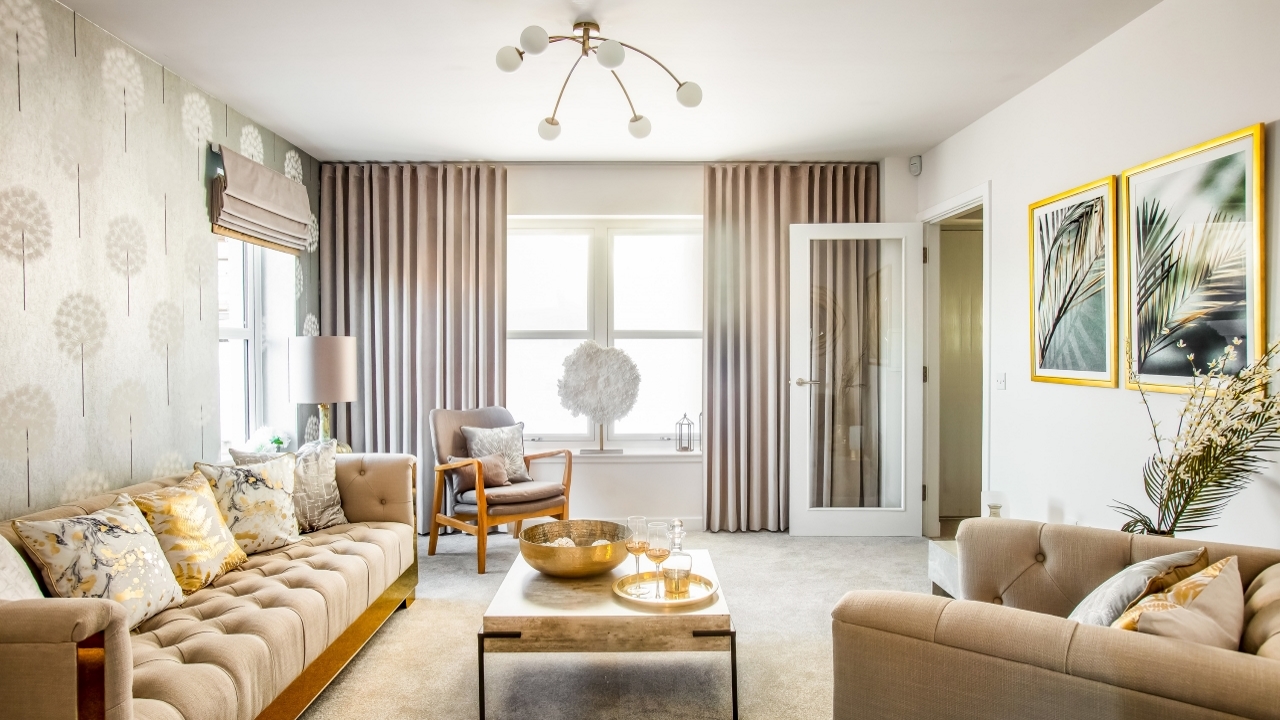Dress your windows to impress

The importance of window dressings is often overlooked when it comes to making a house feel homely. Interior design tends to focus on statement furnishings and wall coverings, while specification sheets may even list power points before window coverings. Yet a well-chosen blind or pair of curtains can add character and warmth to any room. It also improves practicality, controlling ambient light levels and maximising privacy.
This latter point is particularly significant, since window coverings are often used to block out light from outside as well as inside. A toddler’s bedroom needs screening against late-evening sunshine, just as a master bedroom needs to provide privacy on dark winter mornings. The choice of window coverings also depends on everything from a room’s orientation to its ceiling height, but the following factors are relevant in most homes…
Curtain call
Historically, curtains were the default choice for window coverings, but their popularity has been challenged by the rise of feature blinds like wooden shutters. Even so, quality curtains still provide a classy touch in any room. Recurring patterns help to emphasise ceiling height, while a neutral colour allows bolder furnishings to take centre stage. Always look for lined curtains whose height can be adjusted to hang below windowsills or just above the floor.
Improve the tactile nature of curtains by mounting them on a circular pole with round rings holding the curtain in place at evenly-spaced distances. This will help them to glide open and shut, rather than dragging (as they might on pin hooks or S-hooks). Poles need a finial to prevent the curtains sliding off at either end, but this may be impractical in dormer or recessed windows.
Moveable blinds
Roman blinds and roller blinds are opened vertically, while vertical blinds open horizontally. The latter have suffered by association with discoloured fabric strips and broken chains, but modern plastic verticals can be hung with no visible chain – ideal for households with children or pets. They prevent dust building up, and their pull-cords pop apart if pressure is placed on them. Blackout slats do a good job of minimising light ingress.
Roller blinds are a great option for bathrooms and utility rooms. They’re affordable, lightweight and easy to install or replace, commonly being installed across Velux windows and skylights. Roman blinds are comparatively heavy, but work well in traditional apartments and large portrait windows. They’re best suited to a block colour or subtle recurring motif, whereas rollers tend to be vibrantly coloured or patterned.
Fixed blinds
Wooden shutters are becoming increasingly popular, either restored in period properties or made to measure for new homes. Their chunky slats tend to block out more light than other options, but they look classy and should last for many years. Shutters often have dark wooden finishes that can dovetail with matching flooring, though white slats and surrounds help to minimise light loss.
Perfect-fit blinds feature small Venetian slats, recessed inside a diminutive housing that matches the window casements. This creates a classy look on French doors and windows. Modern takes on conventional Venetian blinds sport bright colours and hidden adjusters. Pleated blinds take the latter concept further, stretching out to cover any portion of a window. This lets you optimise privacy while retaining views out, and letting the sunshine in (oh, how we need some!).
Back to Latest Posts




